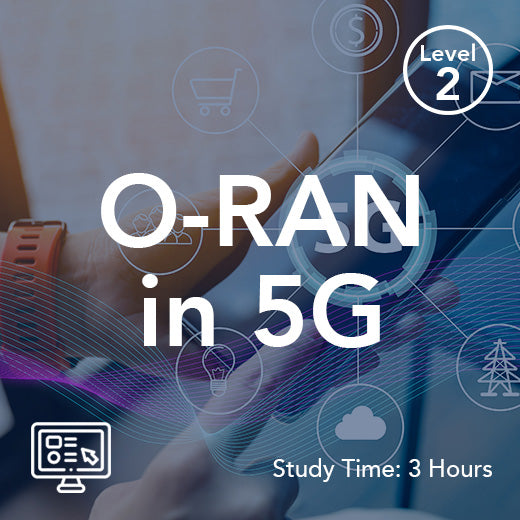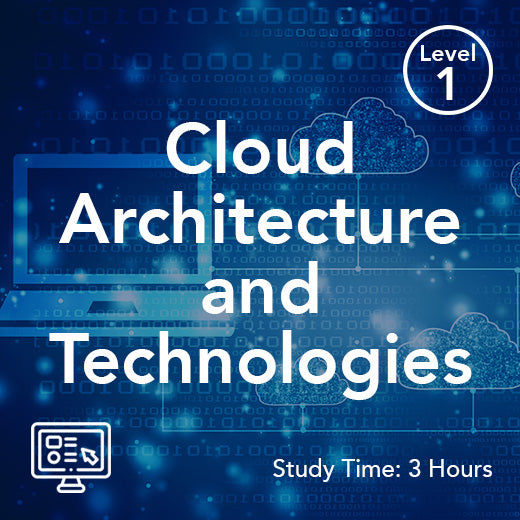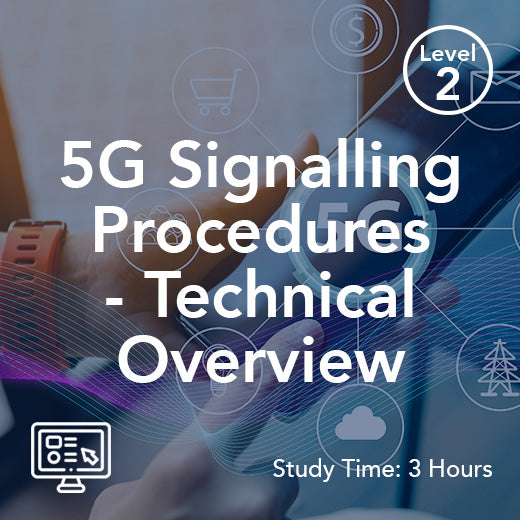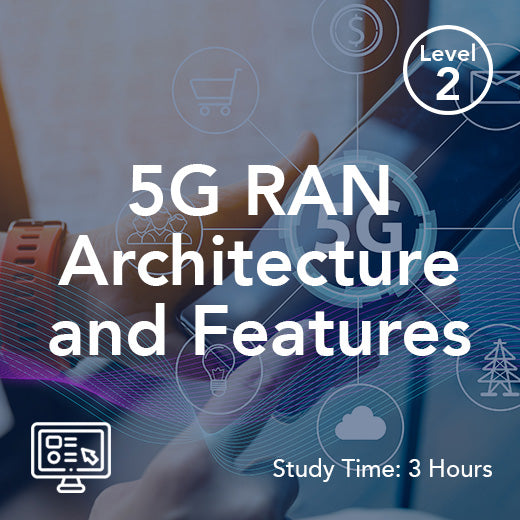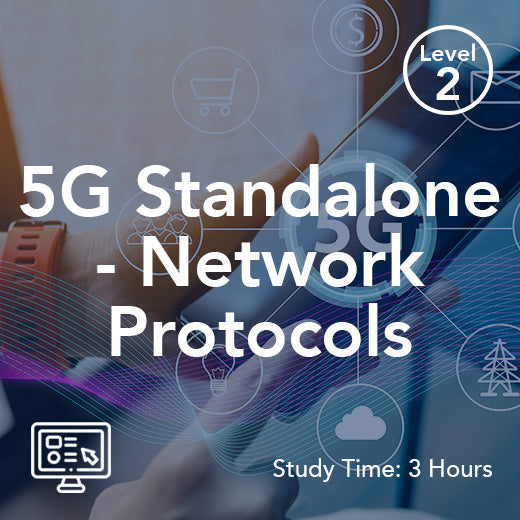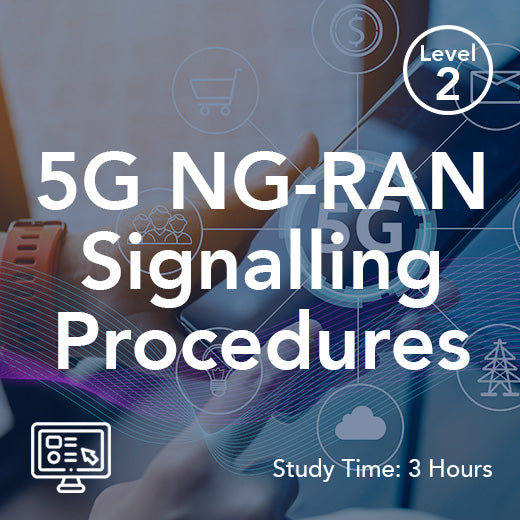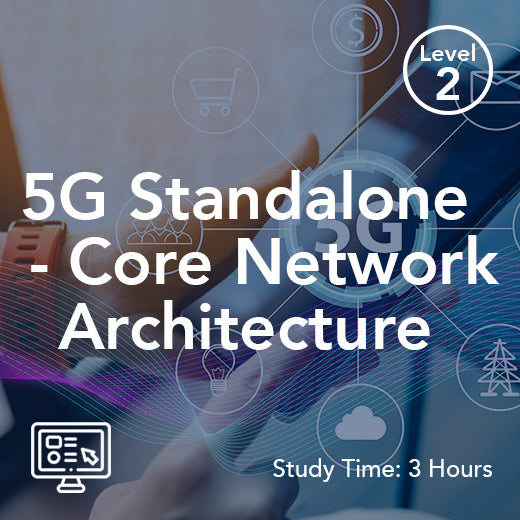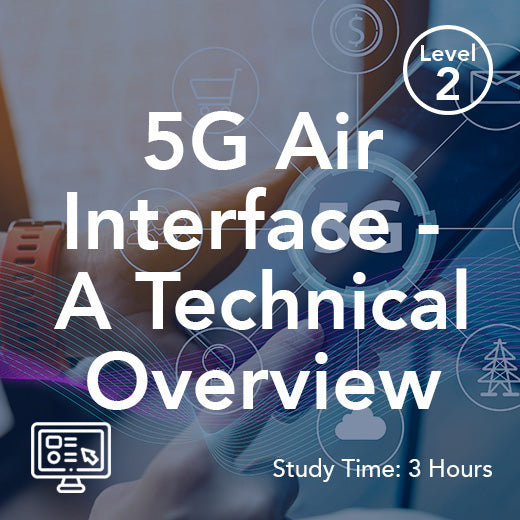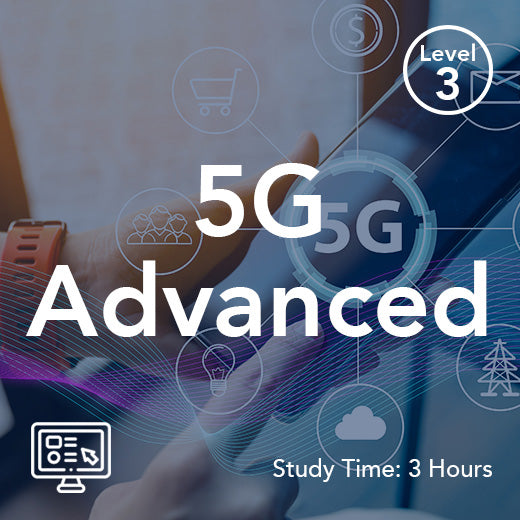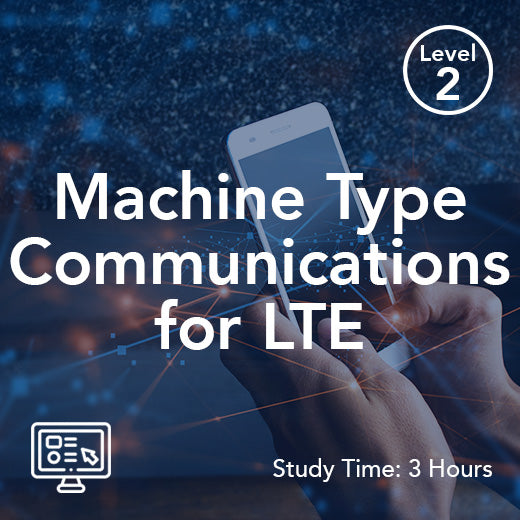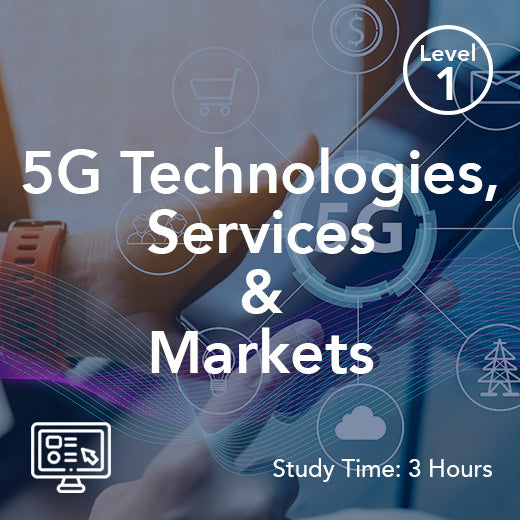What Is 5G Mobile Edge Computing?
- , by Stephanie Burrell
- 3 min reading time
In recent years, the telecommunications industry has been abuzz with talk of 5G technology and its potential to revolutionize the way we use mobile devices. One key aspect of 5G that has garnered particular attention is mobile edge computing (MEC). But what exactly is 5G mobile edge computing, and how does it differ from traditional cloud computing?
First, let's break down the basics of 5G technology. 5G is the fifth generation of mobile networks, offering significantly faster data speeds, lower latency, and increased capacity compared to its predecessor, 4G LTE. These improvements are made possible by utilizing higher frequency radio waves and advanced antenna technologies.
Mobile edge computing, on the other hand, is a concept that brings computing resources closer to the end-user, reducing latency and improving overall performance. In traditional cloud computing, data is processed and stored in centralized data centers, often located far away from the end-user. This can result in delays in data transmission, especially for applications that require real-time processing, such as virtual reality, augmented reality, and autonomous vehicles.
With 5G mobile edge computing, computing resources are moved closer to the edge of the network, typically at the base stations or cell towers. This allows for faster data processing and reduced latency, as data doesn't have to travel as far to reach its destination. By offloading processing tasks to the edge of the network, applications can run more efficiently and deliver a better user experience.
One of the key benefits of 5G mobile edge computing is its ability to support a wide range of applications and services that require low latency and high bandwidth. For example, in the healthcare industry, MEC can enable real-time monitoring of patients, remote surgeries, and telemedicine services. In the gaming industry, MEC can support cloud gaming services, allowing players to stream high-definition games without any lag.
Additionally, 5G mobile edge computing can improve network security by keeping sensitive data closer to the end-user and reducing the risk of data breaches during transmission. By processing data at the edge of the network, organizations can better protect their data and ensure compliance with data privacy regulations.
In conclusion, 5G mobile edge computing is set to revolutionize the way we use mobile devices and access data. By bringing computing resources closer to the end-user, MEC can deliver faster data speeds, lower latency, and improved performance for a wide range of applications and services. As 5G technology continues to roll out across the globe, we can expect to see even more innovative use cases for mobile edge computing in the years to come.
5G mobile edge computing (MEC) is transforming communication networks by optimizing network architecture for real-time applications. Unlike traditional mobile networks, which rely on centralized cloud computing, MEC moves processing tasks closer to users, significantly reducing low latency for mission-critical applications such as augmented reality, autonomous vehicles, and industrial automation. This localized data processing ensures faster response times and improved reliability, making 5G MEC an essential component of modern network infrastructure.
For mobile users, MEC enhances experiences by delivering seamless connectivity and uninterrupted high-speed services. Whether streaming high-definition video, gaming, or using IoT-driven applications, users benefit from reduced lag and increased efficiency. Mobile operators leverage MEC to distribute networking resources more effectively, optimizing bandwidth usage and ensuring smoother network performance even during peak demand periods.
Moreover, 5G MEC plays a crucial role in advancing edge computing MEC for industries such as healthcare, manufacturing, and transportation. By processing data at the network edge, organizations can achieve enhanced security, improved privacy, and real-time analytics without relying solely on distant data centers. As mobile networks evolve, integrating MEC will be key to unlocking the full potential of 5G and enabling next-generation applications with unprecedented speed and reliability.


